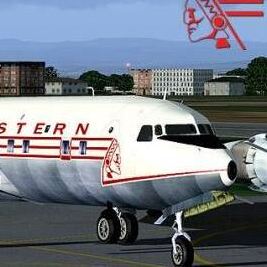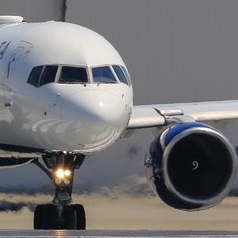CowAnon wrote:vedatil4 wrote:GalaxyFlyer wrote:
Then, you don’t know what a nautical mile is—one minute of latitude. Last I knew, latitude on Earth was Earth-based. It is a very useful measurement if you’ve ever used a......chart.
True, I haven't used a navigation chart. I'm approaching this from a civil or mechanical engineering perspective.
The position of an aircraft in earth's atmosphere doesn't seem as critical as the manufacture and servicing of that same aircraft. Planes normally don't fly that close to each other. A screw coming loose at high speed and altitude because of stripped threads seems more serious. Now I'm glad there's safety wire between bolt heads on engines I've seen. That's good insurance.

I admit it's too late for metric system navigation charts using gradians instead of degrees. But had that idea taken hold, been developed, and made the standard, latitudes and degrees would've seemed as old-fashioned as using "leagues" to measure distance.
The spherical coordinate system (degrees or gradians of latitude and longitude) is more versatile and can be applied to every planet or star, but it could've been replaced with metric lengths on Earth. Then you might say that your city is located at something like 4.238 megameters North, 13.936 megameters East.
The thing about measuring in megameters is that the earth is not a perfect sphere nor is it flat between two locations on the surface. So we'd all have to agree to some kind of theoretical "measured through the earth" (a chord) between points or an "idealized surface of the earth" measurement system. I'm with you on the meters and the mega prefix though.
Also, a "zero megameters north, and zero megameters west" origin point would have to be agreed upon if we're going to use them for location on the surface as opposed to distance on the surface. I guess that could be where the equator and the prime meridian meet. Wikipedia says there's a buoy there and it's called "null island".
Again, I'm more curious about any of USA customary distances used on scales, paper sizes, volumes, weights, rulers, threads, wire sizes, measuring tapes, micrometers, pipe sizes, and et cetera used for the manufacture or servicing of any planes flying international. It's when these types of items meet their metric counterparts that crazy things can happen (at least in my civil engineering/architecture experience).
From what I've gathered on this forum I guess there's an expectation of foreign mechanics knowing all of the quirks and idiosyncrasies of the customary system. That's scary to me knowing that weird "nominal" or weird rounding off conventions are being used in the customary system. When it's a game of very small fractions of an inch, a calculation mistake can become critical.
It's difficult enough when you have to live within that system. I imagine those foreign mechanics must gnash their teeth seeing those units. I had figured all the plane manufacturers would've gone full metric, with no exceptions, long ago.
As for a plane's location on the earth itself, I guess it's alright if the plane or the pilot reports a location that's not 100% accurate even in megameters. (Of course that wouldn't apply if we're talking about planes flying in close formation).
Thanks to everyone for letting me indulge in this customary vs metric in aviation conversation.
Now, I'm off to figure out how much I weigh in "stone" in case someone wants to launch me using a catapult.



